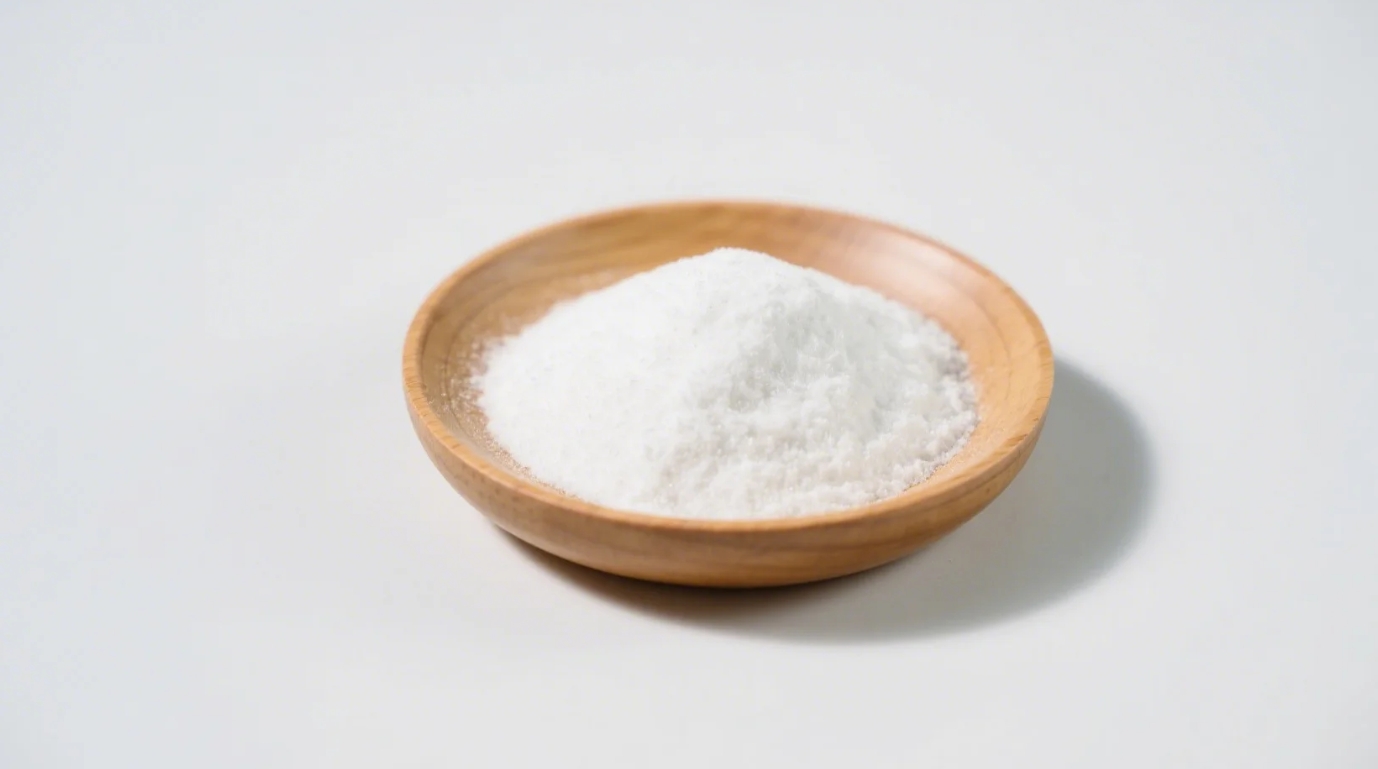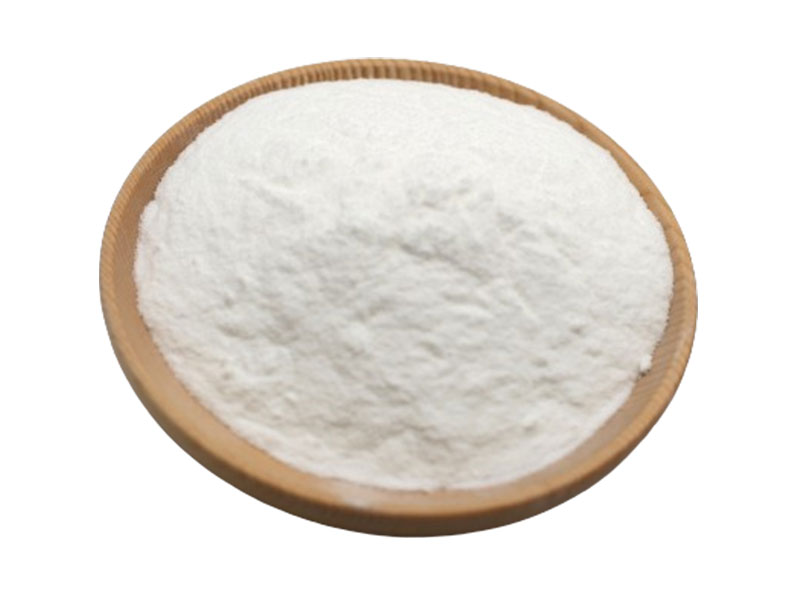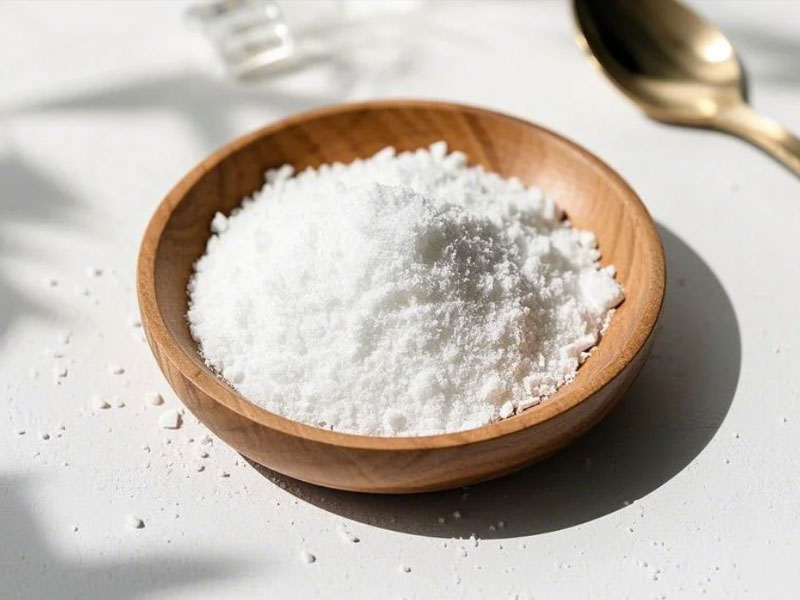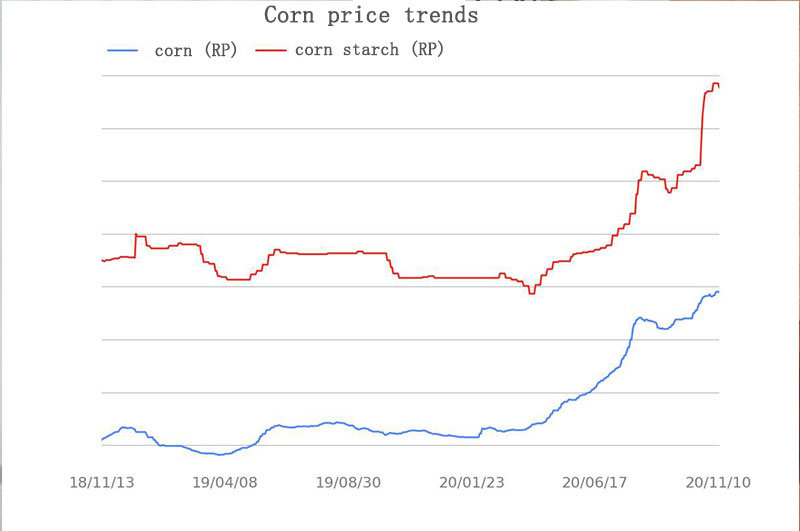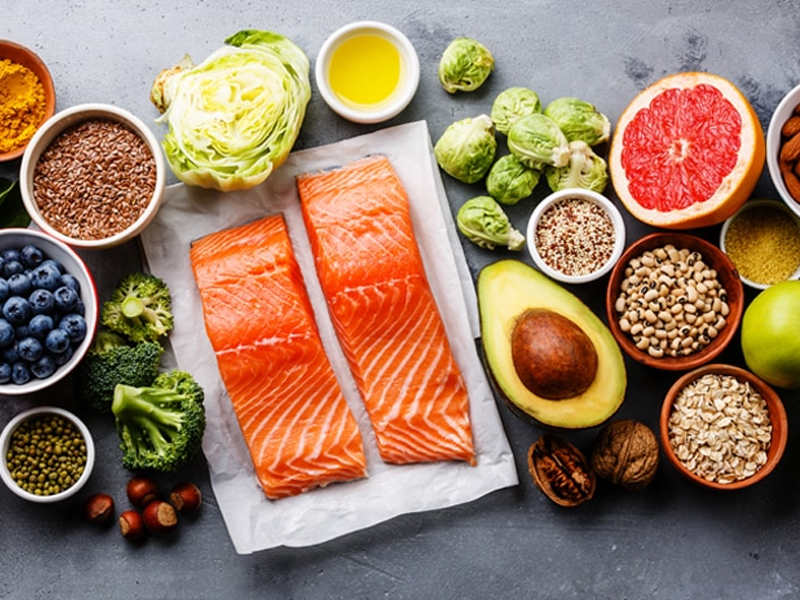In the quest for healthier food products, understanding the nuances of carbohydrates is key. While we’re all familiar with “sugars,” a less understood but increasingly vital category is oligosaccharides. This distinction is particularly important when considering ingredients like organic Isomaltooligosaccharide (IMO), available as both organic IMO powder and organic IMO syrup.
If you’re wondering how IMO differs from common sugars and why it’s gaining traction in functional foods, let’s break down these carbohydrate types.
Sugars vs. Oligosaccharides: A Fundamental Distinction
At their core, both sugars and oligosaccharides are carbohydrates, built from individual sugar units. However, their structure and how our bodies process them are fundamentally different:
- Sugars (Monosaccharides & Disaccharides):
- Structure: These are simple carbohydrates. Monosaccharides are single sugar units (like glucose or fructose), while disaccharides are two sugar units linked together (like sucrose, which is glucose + fructose, or lactose, which is glucose + galactose).
- Digestion: They are rapidly digested and absorbed in the small intestine, leading to a quick rise in blood glucose and insulin levels.
- Function: Primarily provide quick energy and intense sweetness.
- Oligosaccharides (e.g., Isomaltooligosaccharide – IMO):
- Structure: These are short chains of sugar units, typically 3 to 10 units linked together. The key difference lies in the type of linkages between these sugar units. For IMO, the glucose units are linked by unique α-1,6 glucosidic bonds, making them resistant to rapid digestion.
- Digestion: Unlike simple sugars, most oligosaccharides are resistant to digestion in the small intestine. Instead, they travel intact to the large intestine.
- Function: Their primary role is often as a soluble dietary fiber and a prebiotic, meaning they nourish beneficial gut bacteria.
Organic Isomaltooligosaccharide (IMO): A Dual-Action Oligosaccharide
Organic IMO is a type of oligosaccharide derived from the enzymatic conversion of starches, often from organic tapioca or corn. Its unique structure gives it a distinct profile that positions it as a superior alternative to traditional sugars in many applications:
1. Soluble Dietary Fiber & Prebiotic Power
This is IMO’s hallmark benefit, setting it firmly apart from simple sugars:
- Boosts Fiber Content: Organic IMO contributes significantly to the dietary fiber content of food products. Fiber is crucial for digestive health, promoting regularity and satiety.
- Feeds Good Gut Bacteria: As a prebiotic, it selectively ferments in the colon, nourishing beneficial gut bacteria like Bifidobacteria and Lactobacilli. A thriving gut microbiome is linked to improved digestion, enhanced nutrient absorption, and a stronger immune system.
- Supports Gut Health: By fostering a healthy gut environment, IMO indirectly contributes to overall well-being.
2. Reduced Calories & Lower Glycemic Impact
Compared to table sugar, IMO offers clear advantages for calorie and blood sugar management:
- Lower Caloric Value: While providing a mild sweetness, organic IMO contains fewer calories than traditional sugars (typically around 2-3 kcal/gram, though this can vary by specific product and regulatory interpretation). This aids in formulating “reduced calorie” products.
- Lower Glycemic Response: Because it’s resistant to rapid digestion, IMO causes a much more gradual and lower rise in blood glucose and insulin levels compared to simple sugars. This makes it an attractive option for individuals managing blood sugar, or those looking for sustained energy release rather than a sugar spike.
3. Functional Sweetness & Textural Versatility
Beyond its health benefits, organic IMO offers practical advantages for food formulators:
- Mild Sweetness: It provides a clean, mild sweetness (about 40-50% as sweet as sugar) without any lingering aftertaste, allowing other flavors to shine.
- Excellent Bulking Agent: It effectively replaces the bulk and body that sugar provides, crucial for maintaining desired texture in reduced-sugar products.
- Binding Properties: It acts as a natural binder, essential for creating cohesive snack bars, granola clusters, and cereals.
- Humectancy & Moisture Retention: It helps retain moisture, keeping products like baked goods soft and fresh for longer, thereby extending shelf life.
- Versatility in Forms:
- Organic IMO Powder: Ideal for dry mixes, protein powders, powdered beverages, and baked goods, offering easy dissolution and bulking.
- Organic IMO Syrup: Perfect for liquid applications like sauces, dressings, glazes, beverages, and snack bars, providing excellent binding and moisture retention.
4. The Organic Purity Promise
Choosing organic IMO ensures a product that aligns with today’s most stringent purity standards:
- Non-GMO Sourcing: Guarantees the starch source (e.g., tapioca, corn) is non-GMO.
- Clean Processing: Produced without harsh chemical solvents or artificial additives.
- Transparency: Provides a clear, understandable ingredient for clean label initiatives.
In conclusion, the fundamental difference lies in their digestibility and functional roles. While sugars provide quick energy, organic Isomaltooligosaccharide functions as a valuable soluble fiber and prebiotic, contributing fewer calories and a lower glycemic impact. This makes organic IMO powder and organic IMO syrup a truly advanced and “better-for-you” alternative for brands aiming to meet the growing consumer demand for healthier, functional, and clean-label products.
Are you ready to leverage the powerful distinction of organic IMO in your next formulation?
You might also like
Organic Dextrose Powder
Natural Energy Source for Food, Beverage, Pharma & Sports Nutrition
Organic Maltodextrin Powder
Versatile Clean-Label Carbohydrate for Food, Beverage & Nutraceutical Applications
Organic Allulose Sweetener
Zero-Calorie, Natural Sweetener for Clean-Label Food, Beverage & Keto Formulations
